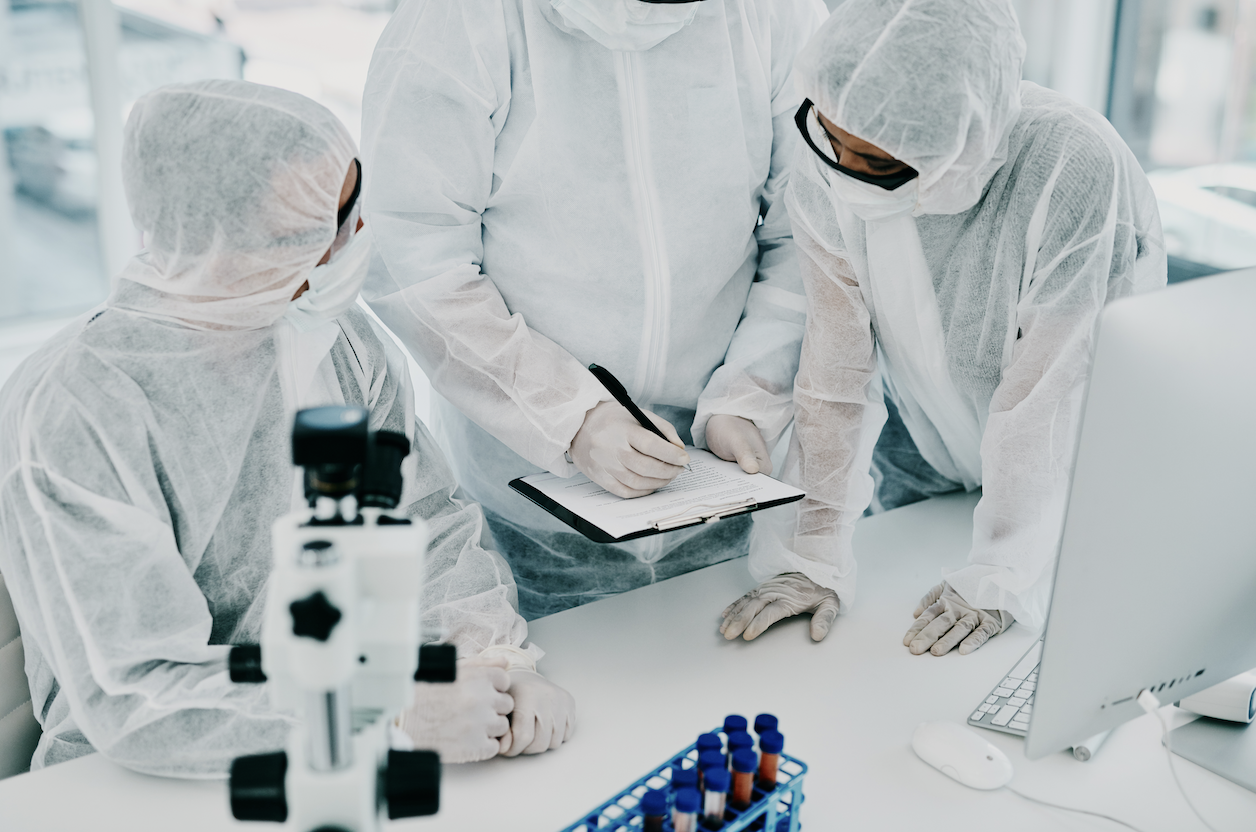

We detected that you're using an older version of Internet Explorer. please upgrade IE 11 or later
Alternatively, you can install and use these secure and newest browsers: Chrome | Firefox | Safari for MacOS | Edge for Windows

A forensic autopsy is a structured medical and legal examination used to determine the cause and manner of death. Its findings assist courts, law enforcement agencies, families and public health officials. While television often cuts straight to the internal exam, the real-world procedure begins much earlier. The opening phase—intake—lays the groundwork for everything that follows.
A complete forensic autopsy usually proceeds through five core stages:
Protocols preserve evidence and maintain the chain of custody.
Upon arrival at the morgue, the decedent receives a unique case number. Staff log the date and time and move the body into climate-controlled storage. A custody log accompanies both the body and any personal effects.
After photographing the sealed body bag, staff open the body bag and take as-is photos to notate how the body was received. The next step is to secure any evidence (if necessary) and then continue documenting and securing clothing and jewelry. Medical intervention is identified and described. Identifying features—tattoos, implants, wristbands, scars—are noted. Fingerprints are routinely done for identification purposes. If fingerprints are not possible, other things such as DNA samples, implanted medical devices, and dental examinations can be done to positively identify a person.
Before cleaning, staff photograph the body using standard protocols. Post-mortem changes (lividity, rigor), visible injuries, decomposition, and any medical devices are documented.
Staff collect trace evidence if it is visible and necessary in a particular case. By the end of the intake, the team has compiled a documented snapshot of the body’s condition.
| Role | Key Responsibilities |
| Forensic investigators | Arrange transport; gather initial scene information |
| Autopsy technicians/Forensic pathologists | Handle the body; log personal effects; photograph and preserve evidence |
| Board-certified forensic pathologist | Supervise procedures; verify identification; begin medical documentation |
All personnel wear appropriate personal protective equipment (PPE).
Intake records can connect later lab results and connect to the scene observations. Intake procedures ensure findings can stand independent review.
Popular media often starts a forensic autopsy with a scalpel. In reality, investigations begin with intake and a comprehensive external assessment. Early documentation preserves evidence that could be lost once internal dissection starts, illustrating how protocols drive reliable conclusions.
Every forensic autopsy begins with a structured intake focused on identification and documentation. This phase supports findings and assists in court cases, underscoring their importance.
Learn more about Dr. Satish Chundru, a board-certified forensic pathologist with more than 20 years of experience determining causes and manners of death—both natural and unnatural. He provides forensic autopsy services in Texas, Nevada, and Utah and offers consulting nationwide.
Please be aware that this is not a secure email network under HIPAA guidelines. Do not submit any personal or private information unless you are authorized and have voluntarily consented to do so. We are not liable for any HIPAA violations. Understand that if you email us, you are agreeing to the use of an unsecured method and understand that all replies will be sent in the same fashion, which you are hereby authorizing.
By checking this box you hereby agree to hold Satish Chundru, including it’s doctors and affiliates, harmless from any hacking or any other unauthorized use of your personal information by outside parties. By checking this box, you also agree to receive email communication from Satish Chundru and its doctors and affiliates.